Golf has always been up for a bit of folklore and storytelling. Whether it’s a leathery teaching pro passing on swing wisdom to an eager apprentice, a playing legend recounting exploits from decades gone by, or an architect creating a golf hole from divine inspiration, all of it adds to the game’s mystical appeal. It’s a common thread that goes back to the shepherds who first banged rocks across a damp Scottish moor.
Of course, facts have usually never gotten in the way of a good story. Some of the most widespread “truths” in this game have turned out to be much more myth than reality—sticking around for decades thanks to the credentials, charisma and persuasiveness of the storytellers. Thanks to a more widespread grasp of physics—and less reliance on anecdotes and secondhand accounts—we can now gently dispel some of the more durable beliefs and habits that have embedded themselves in the game’s lexicon.
We explore six of the most pervasive fables and have experts explain why they might sound right but are far from it. Apologies if you’ve lived by these notions for most of your golfing life, but it’s time to realize that the world is round, lightning can strike in the same place twice and a groundhog can’t predict the seasons.
Keep your lucky ball marker if it makes you feel better, but don’t be surprised if you get some funny looks the next time you trot out one of these outdated chestnuts.
STOP THROWING GRASS TO CHECK THE WIND 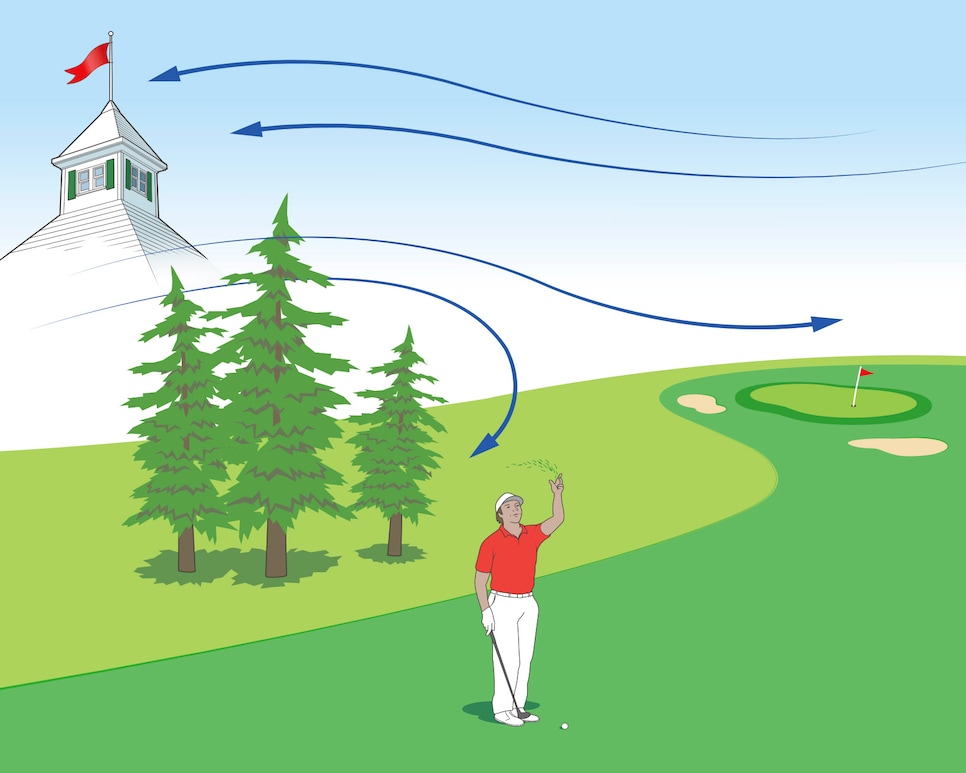
It has become a televised golf ritual: A player and his or her caddie toss some blades of grass and look thoughtfully at the trees around them—or the flag on an adjacent hole, like at Augusta National— to try to divine how the wind will affect the next shot. READ MORE>>
NO, YOUR PUTTS DON’T ALL BREAK TOWARD LANDMARKS 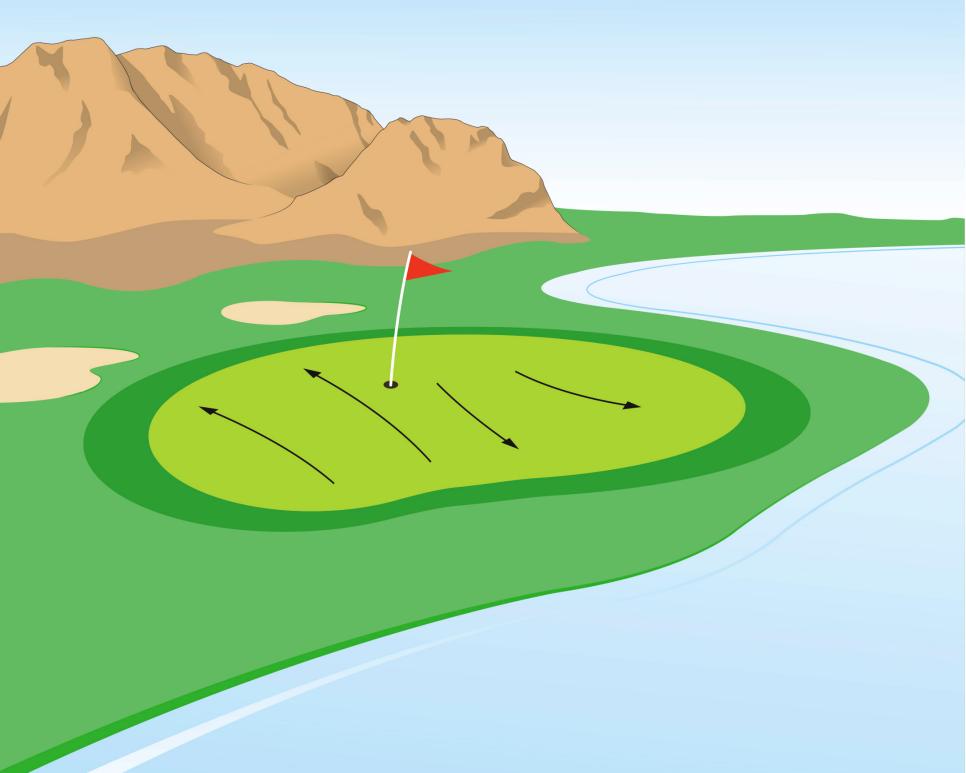
It’s one of the oldest myths in golf broadcasting: Playing in Palm Springs, they say that all putts break toward the town of Indio. At Pebble Beach, you’ll hear they break toward Carmel Bay. Golf-course architect Bobby Weed has heard them all—even about the courses he has designed, such as TPC Summerlin in Las Vegas. READ MORE>>
WHY KEEPING YOUR HEAD DOWN IS BAD SWING ADVICE 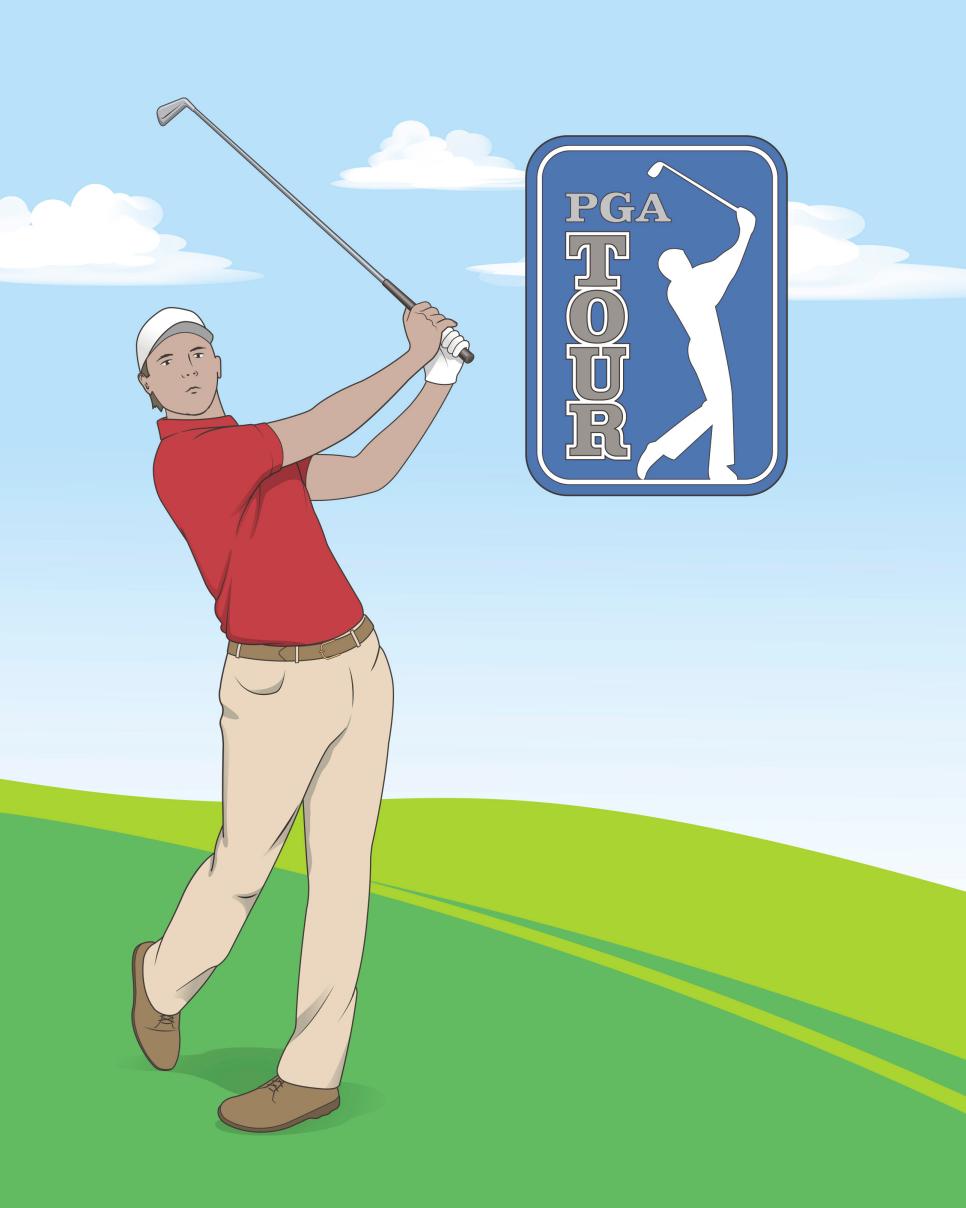
Looking for the all-time king of golf-instruction malarkey? “Keep your head down” has to be in the conversation. What makes it so damaging is that it’s one of the worst pieces of advice you can get. READ MORE>>
YOU DON’T CREATE BACKSPIN THE WAY YOU MIGHT THINK—AND YOU’RE MAKING THE SUPERINTENDENT ANGRY 
Every week, hundreds of tour players peel off huge divot pelts as they hit wedge shots that spin back several feet. It’s cool to watch, but it gives many amateur players the wrong idea about what it takes to get some of that sauce on their shots. It sends them back to their home courses, chopping down on the ball like Paul Bunyan. READ MORE>>
TEE IT HIGH AND LET IT FLY? NOT REALLY 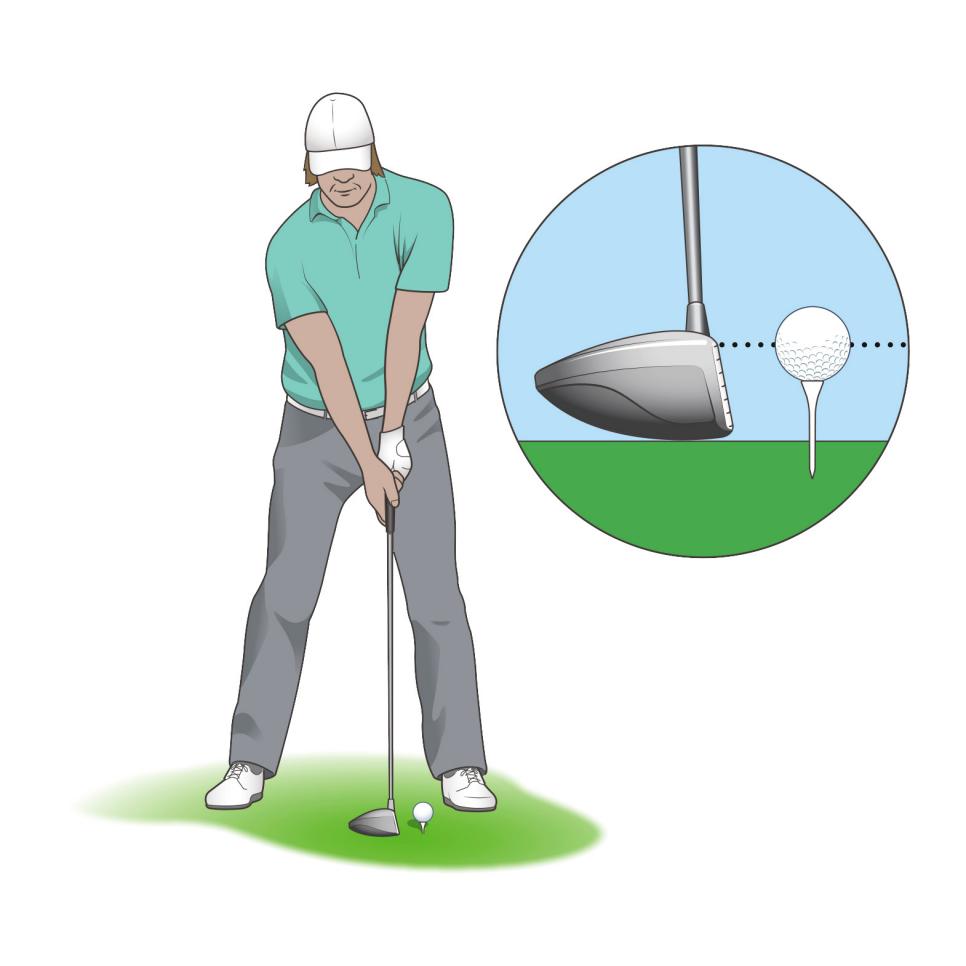
Two-time World Long Drive champion Kyle Berkshire swings his driver 145 miles per hour and can generate 230 miles per hour of ball speed. It’s OK for him to tee the ball high and launch it into outer space, but what about you? Berkshire’s coach, Golf Digest 50 Best Teacher Bernie Najar, says you’re most likely dialing up a drive into the rough—or someone’s backyard. READ MORE>>
PLUMB-BOBBING MIGHT LOOK COOL, BUT YOU’RE GETTING ONLY PART OF THE PICTURE 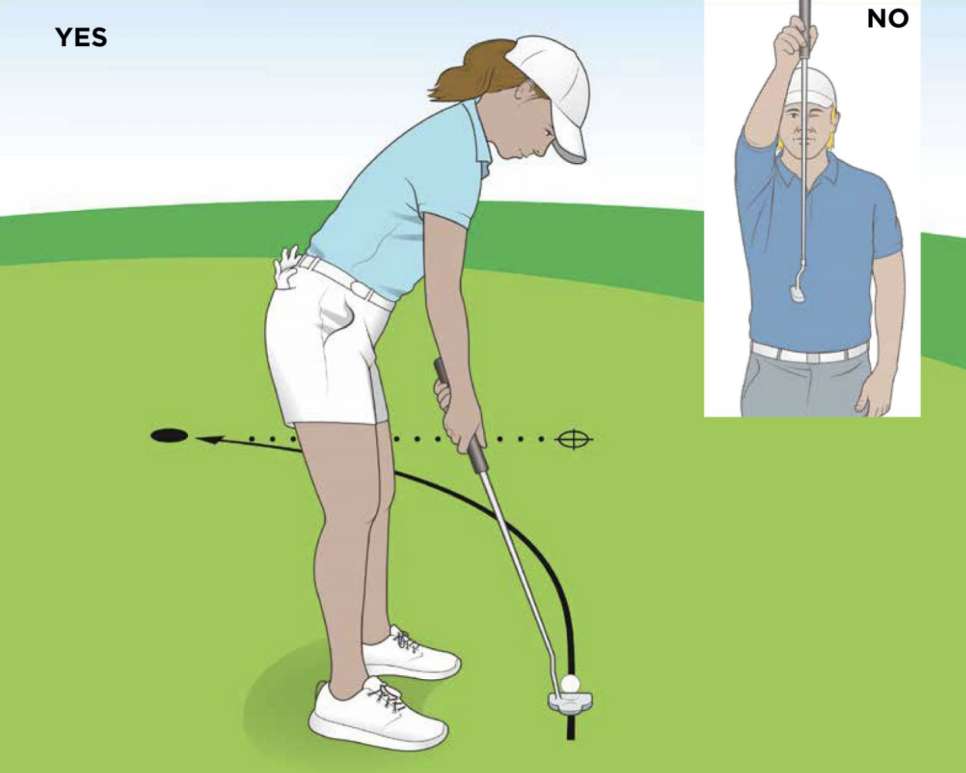
Nothing mystifies reigning PGA Teacher and Coach of the Year Kevin Weeks more than watching players stand behind the ball and dangle a putter in front of them as they try to plumb-bob, an old-school method used to ascertain a putt’s break. READ MORE>>
This article was originally published on golfdigest.com

